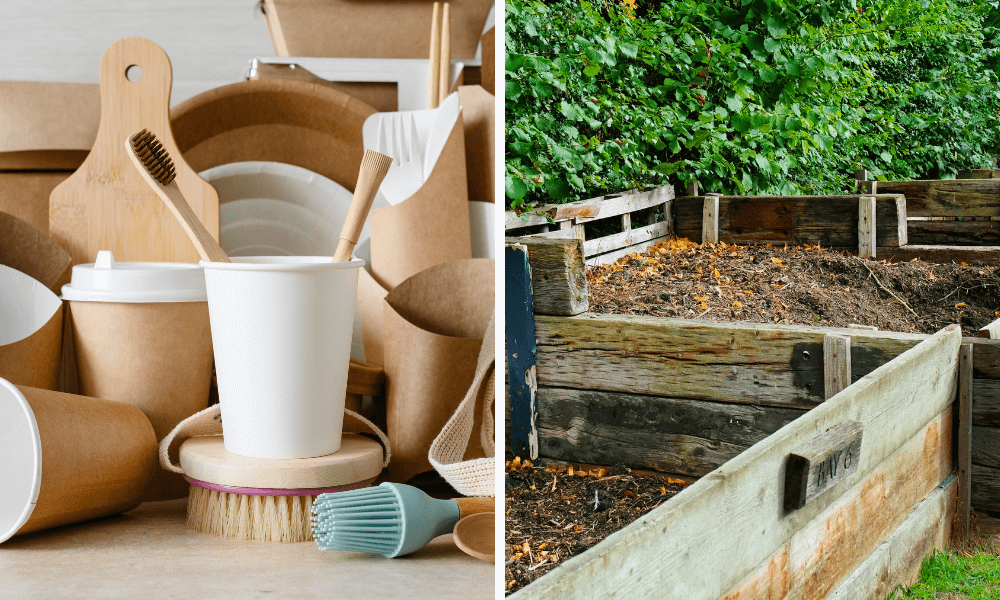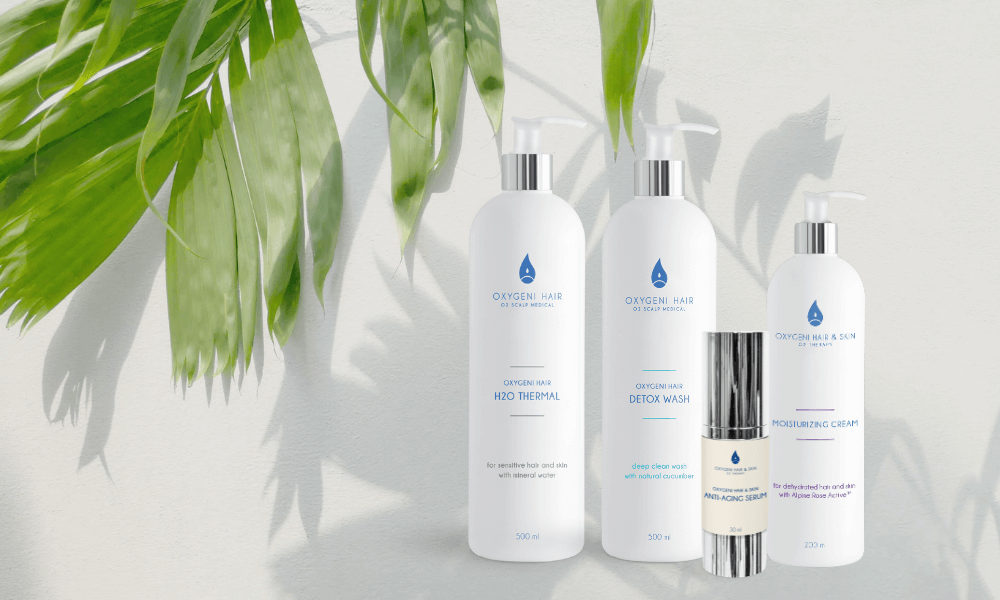
Everything You Didn't Know
About Biodegradable Plastics
Today, one of the global environmental problems is that large amounts of plastic waste are “flooding” our environment. Traditional plastic products do not decompose like other waste. But it’s not only discarded plastics polluting the environment and threatening aquatic ecosystems! In many places, waste storage is also unresolved, as available space is limited. This is why we need to pay close attention to managing waste produced by both households and businesses. Oxygeni Hair considers it a mission to promote environmentally conscious thinking on a wide scale, and we strive to help salons, hairdressers, and our clients reduce their ecological footprint. Biodegradable plastic could offer a solution to this issue.
The Science Behind Biodegradable Plastic Bottles
There are three types of biodegradable plastics. One is PLA, which is made from corn starch and only degrades under commercial composting conditions, triggered by heat. The second is oxo-biodegradable plastic, which contains an additive that breaks down the plastic when exposed to oxygen, heat, and moisture. The third and most recent technology is microbiologically biodegradable plastic. This technology is based on the fact that naturally occurring microorganisms can break down plastic, but traditional plastics do not attract the microbes needed for decomposition. However, this polymer additive in a composting biological environment attracts the microbes, facilitating microbial colonization, and thus the process of microbial biodegradation of the plastic.
How Does a Plastic Bottle Degrade?
With the help of the additive, microorganisms are attracted to the plastic and begin to break down the polymer chains. As the microbes consume the plastic, it transforms into biomass, and the microbes continue their cycle as part of the natural food chain.

How Can a Bottle Be Both Biodegradable and Durable? How Can We "Time" the bioDegradation?
Microbiologically biodegradable materials don’t break down just anywhere in the environment. The polymer additive in question is designed so that the biological degradation process only occurs in the presence of specific microbes found in landfills. The degradation process requires an active microbial environment. Therefore, plastic bottles treated with this additive are just as durable as their non-biodegradable counterparts, and the degradation process only begins in a landfill, not during storage, transport, or regular usage due to environmental factors.
Can a Plastic Bottle Be Both Recyclable and Biodegradable?
Yes! This additive doesn’t alter the product’s basic structure, weight, density, or resistance to heat, oxygen, or UV light. As a result, these bottles are just as recyclable as plastic that hasn’t been treated with the special polymer additive.
Are Biodegradable Plastic Bottles Safe?
The additive used in these bottles has been tested by several independent organizations (Keller & Heckman, SGS, Intertek, UL) through laboratory assessments. These tests concluded that plastic bottles treated with this additive meet the strictest European chemical safety and consumer protection regulations (CPSIA, REACH, CONEG, RoHS).
Oxygeni Hair Has Chosen to Protect the Environment
As consumers, and especially as a brand, we are responsible for our choices when it comes to protecting the environment. Oxygeni Hair has committed to vegan natural cosmetics and environmental protection. We care deeply about the health of our customers, trichologists, and our planet.
That’s why our products are 100% vegan, contain 100% natural active ingredients, are not tested on animals, and come in biodegradable plastic packaging. We’ve also considered packaging quantities—our 1-liter products help reduce the amount of plastic waste in both your hair care routine and salon use!

OXYGEN THERAPY AND OXYGENI HAIR PRODUCT REVIEWS







Follow us on our social media platforms!







